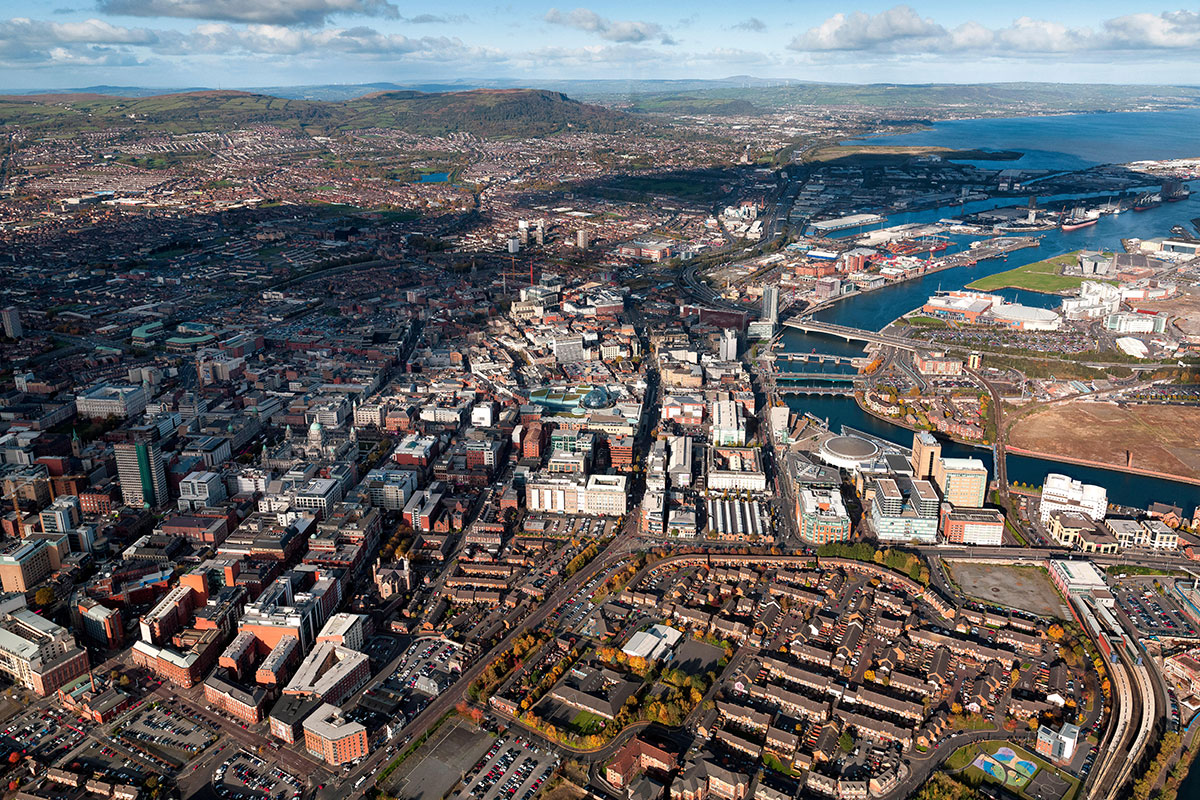In third place is Turning the Tide on Rising Homelessness and Rough Sleeping by the late Lord Kerslake and his Commission on Homelessness and Rough Sleeping. Bob Kerslake is very sadly missed, and this report is a testament to the years of work, dedication and deep understanding he had of housing issues. He was a good friend to Thinkhouse and hosted our 2018 launch at the House of Lords.
The report concludes that the government will not meet its goal to end rough sleeping by 2024. In fact, rough sleeping is on the increase. At the heart of it are chronic and unresolved systemic issues, which have left the country vulnerable to new pressures.
This report warns that many of the problems outlined would be resolved if there was more supply of social rented and supported housing, and likens the scale of the challenges to those face in early 20th-century Britain.
In second place is the Institute of Fiscal Studies report Housing Quality and Affordability for Lower-Income Households by Tom Waters and Thomas Wernham.
Professor Ken Gibb, in his Thinkhouse blog for Inside Housing in October, said this paper contains some stark facts that should give us pause: “Housing costs are a first-order issue for poverty”. Despite rising mortgage rates, renters face higher housing costs than owners and, consequently, struggle due to lower incomes and higher rates of food insecurity or material deprivation.
The writers report that nearly half of all social tenants, a third of all private tenants, but just an eighth of owner-occupiers are rated as poor. Most of the focus is on the private rented sector and three points stand out.
First, the relatively low quality of private rented sector (PRS) homes for low-income renters (25% of homes would fail the Decent Homes Standard, compared with 18% in owner occupation and 12% in social renting).
Second, the refreezing of LHA has reduced the proportion of (Zoopla) advertised lets that would allow the LHA to cover rents, from 23% to only 5% (for the first quarter of 2023).
Third, a declining share of affordable properties for the PRS is associated with poorer-quality outcomes for lower-income private tenants. The authors conclude that, with the increasing number and share of low-income households in the PRS, the case for revisiting the level of LHA and support for housing costs is warranted. They recognise that this is a political matter, but it is hard for the reader to ignore the mounting evidence.
In first place is the annual Homelessness Monitor, edited for Crisis by Glen Bramley, Suzanne Fitzpatrick, Lynne McMordie, Hal Pawson, Beth Watts and Gillian Young. It provides its usual authoritative summary of one of the consequences of a shortage of affordable homes.
After several years of decline, the number of people sleeping rough in England grew in 2022. At 3,069 in November of that year, recorded rough sleeping was up 26% on the equivalent figure 12 months earlier.
According to the report, homelessness applications involving family households rose in 2021-22, with two-parent family applicants growing in number by 76%, substantially higher than in the pre-pandemic year of 2019-20 (25,020 compared with 21,240). Single-adult applicants, by contrast, fell in the latest year.
Since bottoming out in 2010-11, total temporary accommodation placements had more than doubled to over 100,000 households by 31 December 2022. Within this, bed and breakfast hotel placements rose more than fivefold since their 2009 nadir. Having increased sharply during the early part of the pandemic, B&B placements once again climbed steeply during 2022, up by 32% in the year to Q4 2022.
The homelessness impacts of the Ukrainian and Afghan refugee crises, and wider asylum dispersal pressures, ratcheted up existing temporary accommodation pressures on local authorities.
‘Core homelessness’ in England – a concept which captures the most acute forms of homelessness – is estimated to have affected 242,000 people in 2022, compared with 206,000 a decade ago. Current drivers of these increases relate primarily to inflation squeezing real incomes and increasing poverty and destitution, alongside rising private rents and evictions, and declining social rented lettings.
Further rises are projected in the longer term, particularly in London, with core homelessness rising by 37% above 2020 levels, to 303,000 by 2041.
The report outlines a number of short and long-term policy initiatives, which include allocating a significant proportion of social lettings to core homeless households, increasing the LHA, maximising prevention activity to the level of the higher-performing local authorities and increasing housing supply.
Being a store of intelligence on how our nation can increase the housing supply is why Thinkhouse was set up in 2018. It is, of course, disappointing that not enough progress has been made in that period. Political and funding constraints are still with us, but as highlighted by our top report, the consequences of not increasing the supply of social housing are real and stark.
Note: for the purpose of this article we include all reports put on the site in the 12 months to the end of November
Richard Hyde, founder of Thinkhouse and chair of the editorial panel, with contributions from other members of the panel


